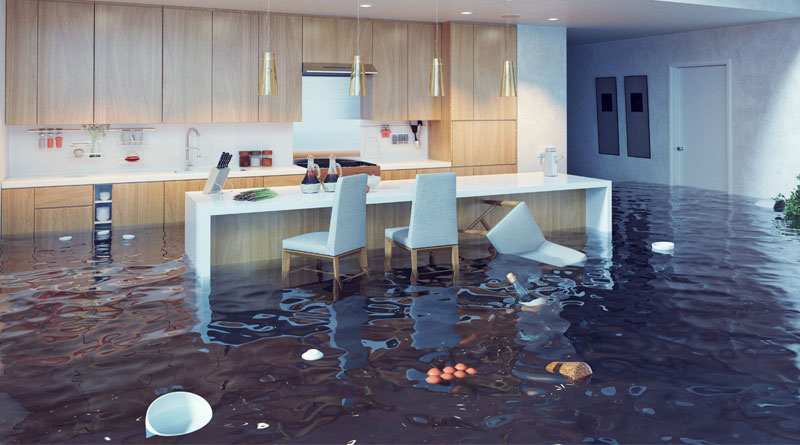It’s time to invest in flood insurance
By: Diana Bello Aristizabal
During April, South Florida was impacted by a record heavy rain with precipitations of more than 12 inches in the entire region, according to reports from the National Weather Service Forecast Miami office. As a result, many houses experienced floodings and families lost everything, incurring in expenses they didn’t expect. Due to this, today having a flood insurance policy is a primary need.
“I have seen people pay out of pocket between $30 and $250,000 in damage to the structure and in the recovery of their belongings. You never know when a catastrophe is going to arrive and when buying flood insurance, it only becomes effective after 30 days, hence the importance of buying a policy that covers these expenses as soon as possible in the face of the rainy season,” says insurance broker Pedro Sabatier.
Contrary to what some people think, standard property insurance doesn’t cover flood damage and perhaps for this reason many haven’t taken the step to buy a separate policy for this purpose, even though it is an essential investment. Today only 5 to 15 percent of homeowners are covered against floods, according to the National Association of Insurance Commissioners, despite the fact that 99% of U.S. counties were hit by floods between 1996 and 2019, according to FEMA.
 How does flood insurance work?
How does flood insurance work?
First, this type of policy insurance can be purchased from the National Flood Insurance Program or from private companies, as each alternative has different advantages that the buyer should discuss with an insurance broker.
“It is vital to ask for the advice of an insurance broker because he can provide a budget and explain which path is the most viable according to the needs of each family. The price of a flood insurance policy varies between 400 and 8,000 dollars, without a financing option, depending on the area in which the house is located and its size, and the coverage lasts for one year,” explains Sabatier.
Once the 30-day waiting period that runs from the date of purchase is over, users can receive coverage of up to $250,000 in damage to the structure and $100,000 in furniture. Keep in mind that flood insurance refers to water coming from the rain. In this sense, it is different from a hurricane policy that specifically covers the damages caused by water coming from the winds. “They are two different claims,” ??Sabatier clarifies.
Although this is an investment that many families may not be prepared to make, there are ways to save money. “If you are not in a flood zone, buy a policy that has less coverage so that the final price is more affordable,” advises the insurance broker, who adds that some policies only cover damage to the structure and leave outside the section of belongings or furniture.
“The more coverage the insurance has, the better. However, if today you purchase one that only covers structural damage and later you can afford one that has full coverage, you can make this change with the help of an insurance broker. The increase in costs is not significant and it is possible to do it through the same company. The important thing is that you take the step to ensure your home,” concludes Sabatier.

